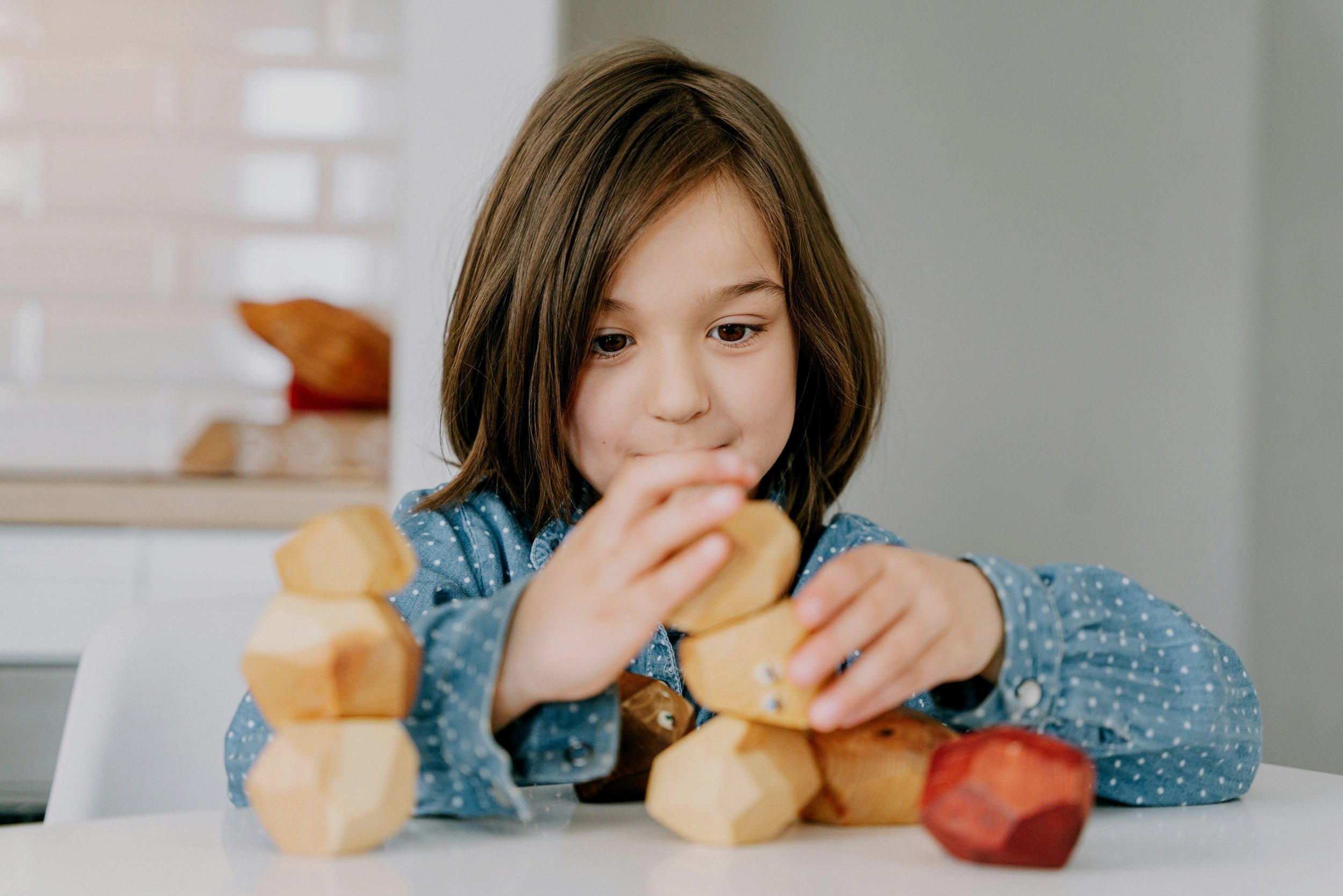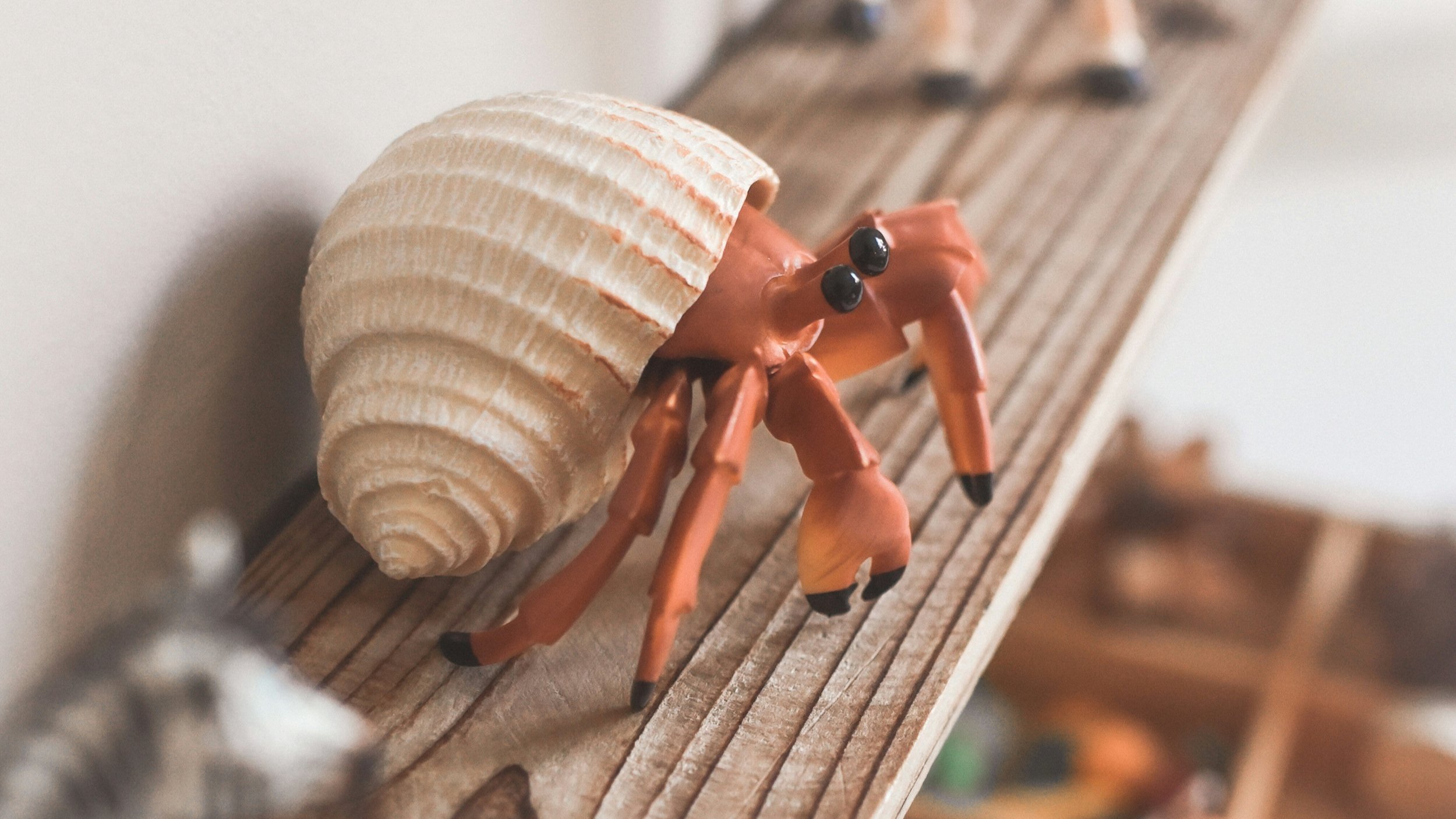
When Words Fall Short,
Play Speaks
Play Therapy provides a safe space for your child to process emotions, overcome challenging behaviors, develop new skills, and build resilience.
A Safe Space For Healing
Your child has a special place where their emotions, challenges, and triumphs find a voice through play. Here, they’ll feel safe, valued and fully accepted, giving them the confidence to explore and grow.
Guided by Compassionate Experts
Our team of dedicated Play Therapists is here to walk beside you and your child using evidence-based, therapeutic techniques to support your unique journey.
Building Resilience & Strength
We help children gain the emotional tools needed to cope with life’s ups and downs, and provide you with the support and skills needed to discipline effectively while building a strong relationship with your child.

Play Therapy
ADHD Group (Ages 8-10)

Starting Kindergarten
🌟 10 Years of Healing Through Play! 🌟
For the past decade, we’ve watched children find their voices, families grow stronger, and the power of play transform lives.
As we celebrate 10 years of The Healing Playroom, we’re not just looking back—we’re blazing a trail for the future of play therapy.
How We Help
-

PLAY THERAPY FOR CHILDREN
A Place Where Children Find Their Voice.
-

SUPPORT FOR GROWN UPS
Become the Parent Your Child Needs to Thrive.
-

ASPIRING PLAY THERAPISTS
Join the Journey!

Affordable Play Therapy That Makes a Real Difference for Families in Need
Are you exhausted from the endless cycle of school calls, behavior concerns, and feeling like you’re out of options?
ONLINE BEHAVIOR MANAGEMENT TRAINING
Parenting Can Feel Overwhelming… But You’re Not Alone.
Investment per Family: $200 usd
For Parents Raising Kids Ages 4-12
DO YOU EVER FEEL LIKE:
You’ve lost control of your role as a parent?
You’re not as connected with your child as you want to be?
You’re yelling more than laughing?
You’re repeating the same things over and over with no results?
YOU’LL GAIN TOOLS TO:
✓ Regain confidence and control as a parent
✓ Help your child develop healthy self-regulation
✓ Effectively set boundaries and manage inappropriate behaviors
✓ Understand your child’s emotional needs
✓ Improve communication and strengthen your bond
1 hr follow-up skills support group Wed, May 28th, 6-7pm, EST
Meet Your Trainer: Anna L. Farrin, LCSW, Registered Play Therapist Supervisor
Anna Farrin brings years of experience and a heart-centered approach to her work with children and families. She earned her undergraduate degree in Human Development from Vanderbilt University, specializing in Health and Human Services, and her Master’s in Social Work from UNC-Charlotte, along with a Graduate Certificate in Play Therapy.
New Beginnings: Now Offering Adult Therapy!
A Space to Heal, Now for Adults Too.
Schedule your free 15 minute consultation with Jessica
At The Healing Playroom, we’ve always believed that healing should be accessible to everyone—children, families, and now adults on their own unique journeys. While we remain committed to including parents in their child’s therapeutic process, we’re excited to expand our care with dedicated adult therapy services, open to anyone seeking support.
We’re proud to share that Jessica Soto, a licensed mental health therapist and trauma-certified play therapist already trusted by families at The Healing Playroom, is now opening up dedicated slots for adult-only therapy. Whether you’re navigating life’s transitions, working through past trauma, or seeking greater balance, Jessica brings her compassionate, trauma-informed approach to support adults in their healing and growth.
This new service is for all adults—whether you’re a parent, caregiver, or simply someone ready to invest in your well-being. Because no matter where you are in life, you deserve a space to heal and thrive.
Appointments are limited, so don’t wait—secure your session today and take the next step toward a brighter, more empowered future.
Meet Your Therapist: Jessica Soto. LMHC, Registered Play Therapist. TraumaPlay Certified Therapist
Jessica is an active member of the First Coast Chapter of the Florida Association for Play Therapy and a National Certified Counselor. Her extensive experience includes providing therapy for adults and play therapy for children in the child welfare system and within Duval County Public Schools, where she has helped both adults and children navigate the complexities of trauma, loss, and navigate life's challenges.
As a Trauma therapist and Circle of Security Parenting facilitator, Jessica is focused on providing compassionate and effective care through evidence-based approaches, she integrates trauma-informed practices and attachment-focused strategies to help adults navigate emotional challenges, heal from trauma, and build secure relationships.
How Play Therapy Unfolds
Discover how play therapy empowers children to navigate challenges, develop new skills, and build resilience.

The Therapeutic Playroom
For children, play is more than just fun—it’s the way they make sense of the world. Imagine a playroom where each toy becomes a word in a story they’re longing to tell. Here, in our therapeutic playroom, children find a safe, accepting space where they’re free to be themselves, surrounded by toys and materials chosen with care to help them express their emotions, worries, and dreams.
Our mission is to create a nurturing space where children can heal and grow while supporting the loving adults who guide them - every step of the way.

We believe in the power of play
to transform lives.
Every child has a spark within them - a light that shines even in their most challenging moments.
At The Healing Playroom, we nurture that spark, helping children overcome challenging behaviors, find their voice, express their emotions, and build the reslilence they need to thrive.
Together with their families, we create a space where healing begins, hope grows, and every child’s light can shine brightly.







